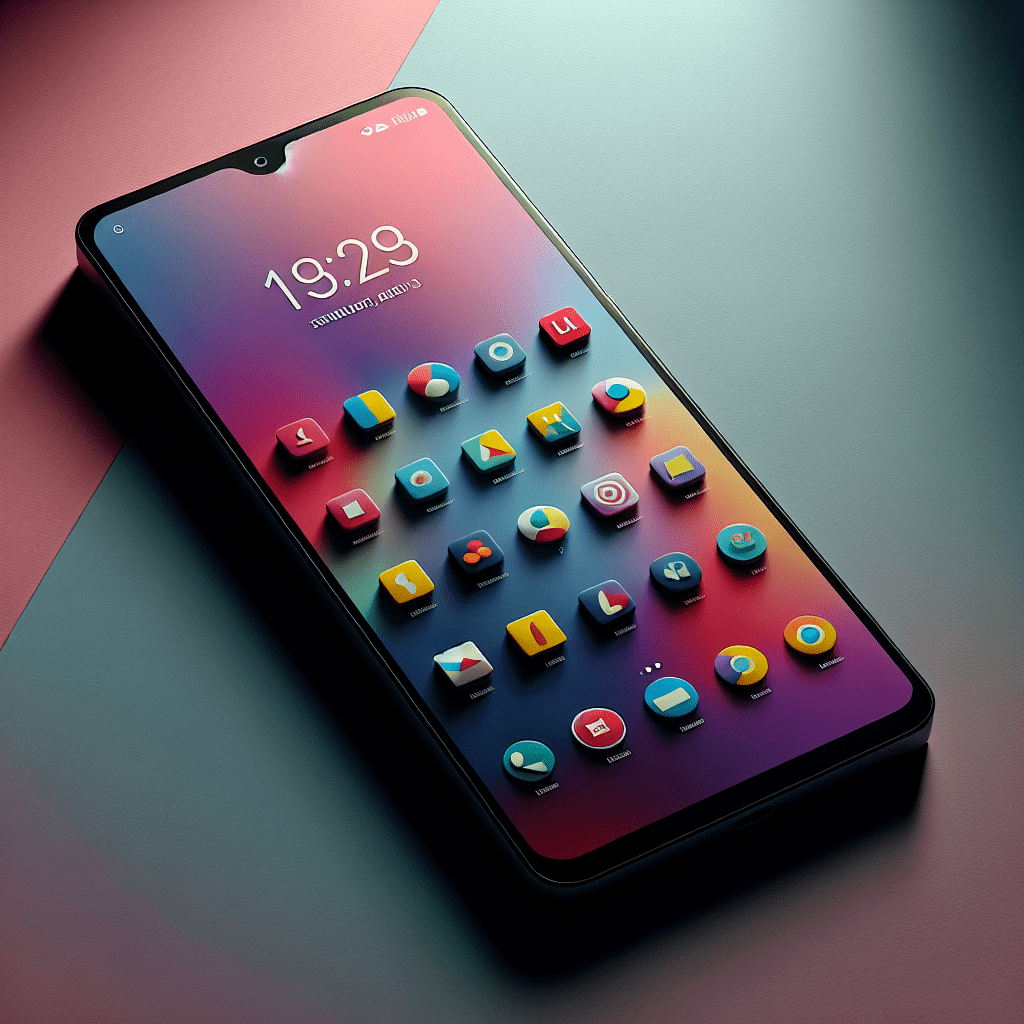The Evolution and Impact of the iPhone
Since its debut in 2007, the iPhone has been a trailblazer in technology, vastly changing the landscape of mobile communication and personal computing. Apple Inc’s revolutionary product not only altered how phones are designed and operate but also led to a transformative shift in several industries such as software, photography, and telecommunications. In this extensive examination, we’ll delve into the iPhone’s history, innovation timeline, market influence, cultural impact, and look at some of the recent models and their features.
History of the iPhone: Breaking Ground in Mobile Technology
The iPhone emerged from Steve Jobs’ vision to create an Apple phone that combined a touchscreen iPod with a mobile phone and a miniaturized computer capable of internet communication. On January 9, 2007, Jobs made tech history when he introduced this sleek piece of technology at Macworld San Francisco. Released later that year on June 29 to massive public anticipation, the iPhone marked a significant turning point for mobile devices with its multipurpose functionality and innovative user interface.
Since then, Apple has systematically introduced new models almost yearly, each enhancing and expanding upon the capabilities of its predecessors. Gradually introducing technological advancements such as App Store functionality in 2008 with iPhone 3G, Siri voice command with iPhone 4S in 2011, touch ID fingerprint sensors with iPhone 5S in 2013, up through facial recognition with iPhone X in 2017.
Innovation Timeline: Major Milestones for the iPhone
Many products that exemplify significant technological advancements denote each successive model of the iPhone. Exploring these enhancements showcases not just evolution but revolution within the industry. Some significant highlights include:
– The retina display starting with the iPhone 4 offering unprecedented screen resolutions for mobile screens
– Siri as an interactive and adaptive virtual assistant introducing a layer of AI service direct to consumers
– The dual cameras systems starting from iPhone 7 Plus, which drastically improved photographic capabilities
– Wireless charging introduced with iPhone 8 models added newfound convenience for users
– The edge-to-edge display without a physical home button was a bold design choice for iPhone X, embraced by subsequent flagships
– Most recently, Apple introduced its custom silicone chipsets, like the A14 Bionic with exceptional computational capabilities to enhance performance while optimizing battery life.
Market Influence: Setting the Pace for Consumer Expectations
iPhones have significantly influenced user expectations and set trends soon emulated throughout the smartphone market. Apple’s flair for design often leads others to follow suit; larger screen sizes, absence of physical keyboards, elimination of headphone jacks or proprietary ports are trends popularized post-iPhone.
Furthermore, since setting precedence with revenue generation from its App Store by allowing third-party applications on its platform, Apple has curated an ecosystem that not only spawned entirely new sectors within technology but also propelled app culture into daily living. Many successful companies we know today were born from these opportunities; businesses like Uber, Instagram or Snapchat all thrived through this accessible market created largely thanks to the environment furnished by the App Store.
Cultural Impact: The iPhone’s Reach Beyond Technology
Culturally, the iPhone shifted the consumer tech space from being purely utilitarian gadgets to status symbols and fashion accessories. This phenomenon is emblematic of Apple’s marketing prowess. Regular product launches became events causing media buzz and consumer anticipation comparable to movie premieres or album drops.
Moreover, iPhones also irresolutely altered communication norms through pervasive internet access and social media reliance—thus impacting social interactions both positively through connectivity and negatively by enabling echo chambers or promoting screen addiction issues among younger audiences.
Recent Models: Advancing into New Horizons
With each iteration possessing more features than most laptop computers from two decades ago, recent iPhone models continue to amaze scoping futurist features within compact hardware packages. The iPhone 12 lineup brought robust advances in 5G connectivity alongside advancements in augmented reality processing objects in real-time. The high-performance cameras feature Dolby Vision HDR recording—an industry first on a smartphone—and offer high-quality imaging gameplay that was traditionally reserved for professionally calibrated devices. The ceramic shield is another enhancement providing exponentially greater drop performance than previous models.
Notes:
Image Description
A modern iPhone model displaying its home screen with app icons neatly organized against a brightly colored wallpaper background; it rests on a smooth matte surface with soft shadows around it reflecting its premium build quality.
